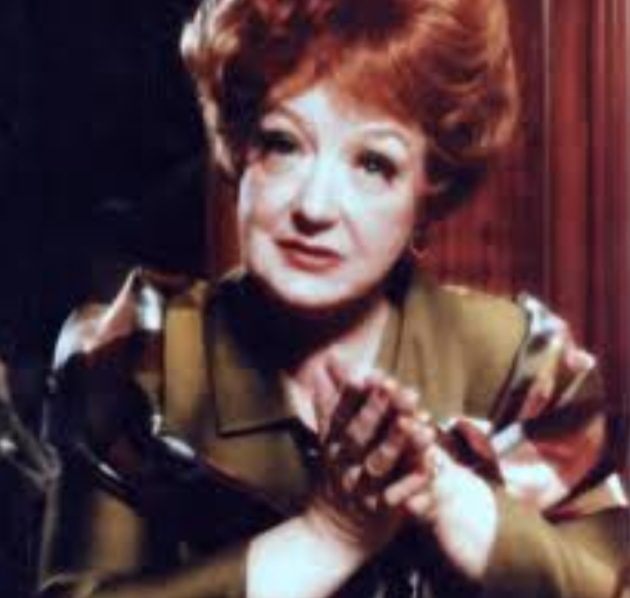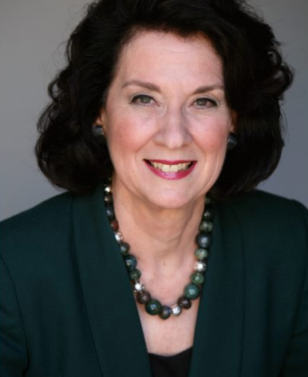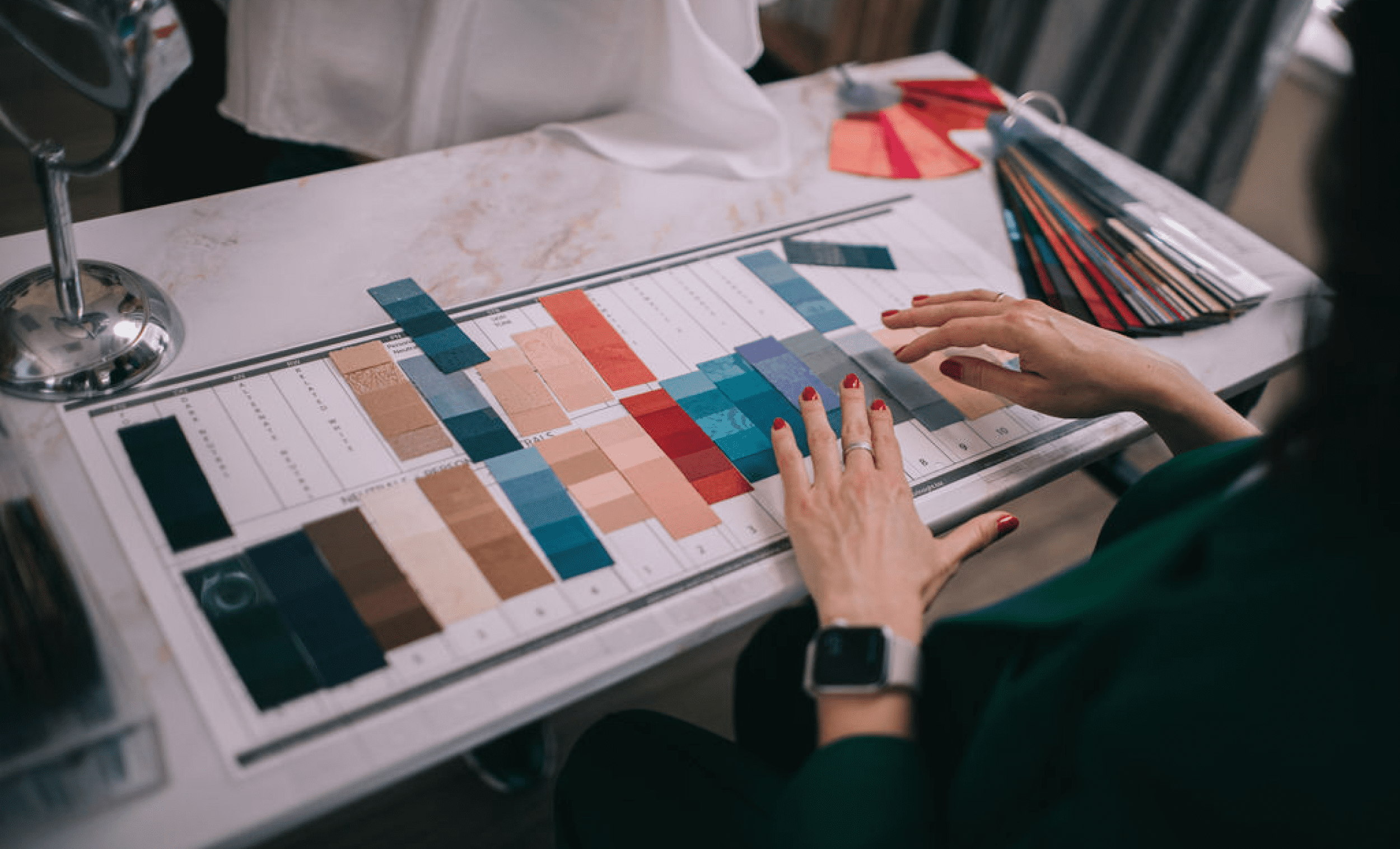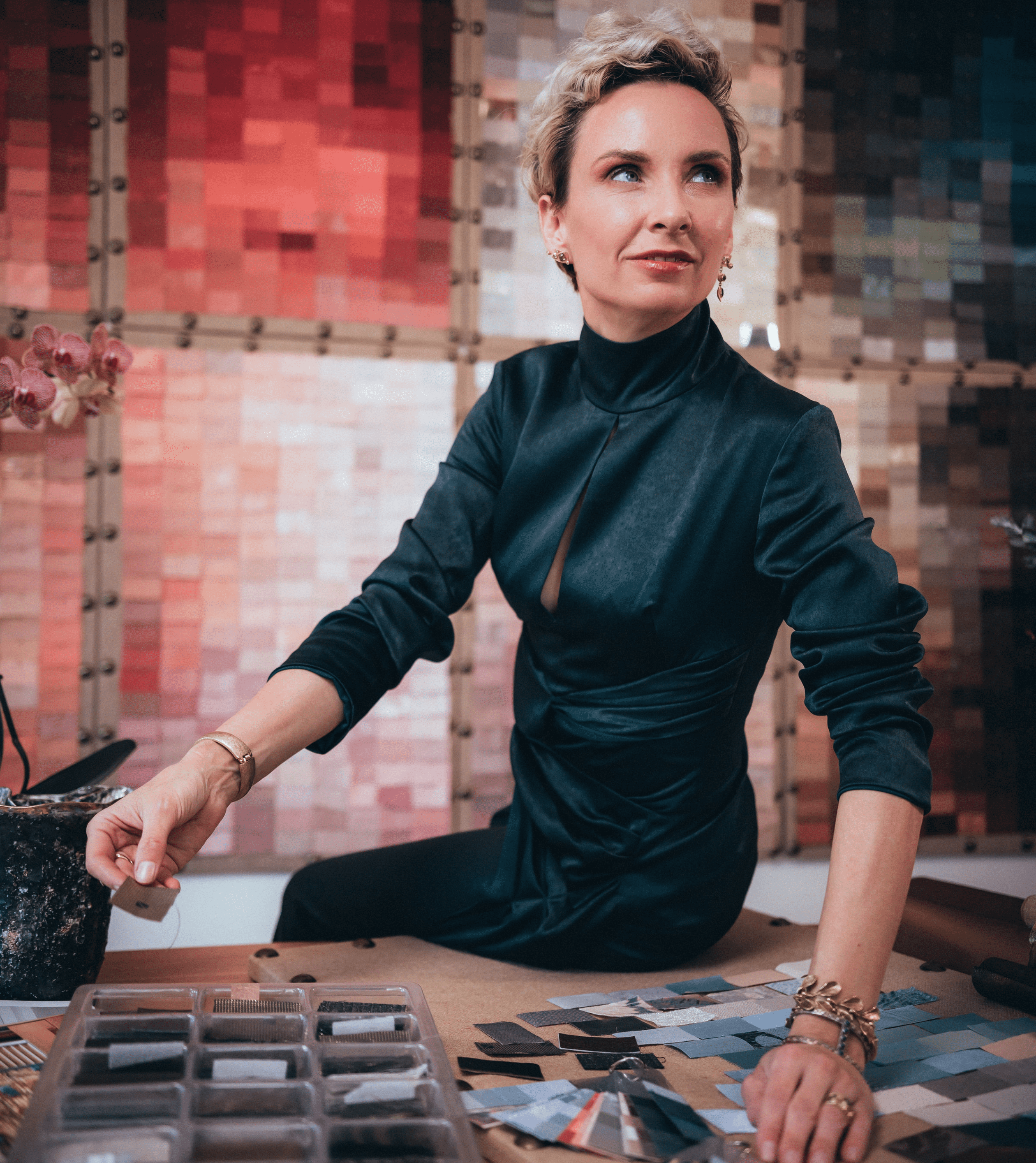History
The study of color begins with Isaac Newton and the spectrum and Johann von Goethe, who created the first color wheel. Many more discoveries about the properties of colors and how they relate to one another followed. (Of course, I have studied all of this.) In the last hundred years, much advice has been given to women about what colors to wear, first in clothes and later in makeup. Most of this advice was keyed to hair color. Brunettes should wear X, blondes should wear Y, and redheads should wear Z. In 1942, Suzanne Caygill originated seasonal color theory for personal style, based on a person’s skin, eye, and hair colors. After many years, some people who trained with Suzanne published books with simplified versions of her theories that led to the color analysis craze of the 1980s.
Currently, there are many color systems available. Virtually all of them are variations on Suzanne’s four seasons color theory. The nomenclature may be different (warm, cool, soft, clear, muted, etc.), but the concepts are the same. Except. Suzanne’s practice created individual, personalized palettes for each client, based on the colors found in their skin, eyes, and hair. Pre-made palettes, whether there are four, twelve, sixteen, or twenty-four of them, will never equal the magic of a personal color palette created specifically for you.
I have spent many years learning this process, under the mentorship of Sharon Chrisman, a brilliant and caring student of Suzanne’s. Sharon worked for Suzanne in the late 1970s, first assisting with palettes and later teaching Suzanne’s classes. When Suzanne moved to Los Angeles from San Francisco, Sharon not only created her own color lab and continued doing personal color consultations, she also provided other colorists with fabric swatches and trained others in seasonal color analysis.
Sharon became known internationally as a leading expert in personal color. She had the most extensive and highest-quality collection of color swatches for palette-making. She also created several popular tools for color analysts.
When Sharon became ill and died in 2013, she chose me to continue her work. After so many years of working with and learning from her, I treasure Sharon’s memory and her great gift of knowledge. I am committed to continuing her legacy of creating beautiful palettes and offering training and resources to those who love color.









